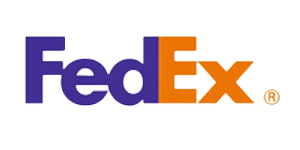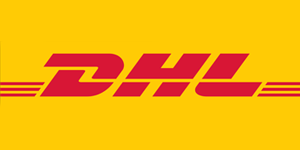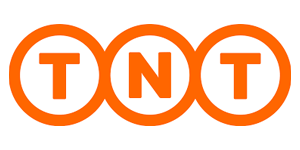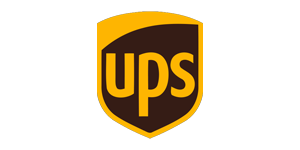Introduction: The Backbone of Modern Electronics
From smartphones and smartwatches to electric vehicles and medical devices, printed circuit boards (PCBs) power almost everything we use today. But there's more to a PCB than meets the eye. The real magic happens when the board gets populated with components—that’s where PCB Assembly, or PCBA, comes into play.
In this article, we’ll break down what PCBA is, how it works, and why it’s essential for electronic manufacturing. Whether you’re a beginner in the tech world or someone managing production lines, this guide will make things crystal clear.
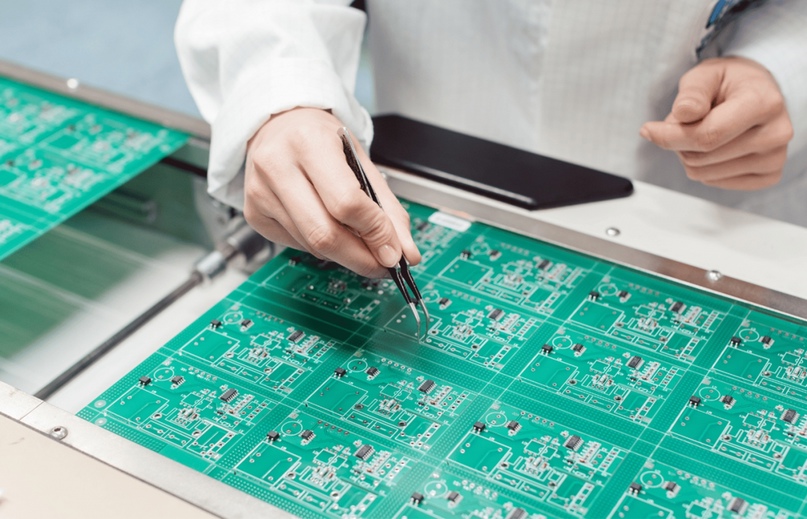
Illustration: Electronics assembly line with PCBA process
1. What is PCBA? A Simple Introduction
PCBA stands for Printed Circuit Board Assembly. It refers to the process of soldering or assembling electronic components like resistors, capacitors, and ICs (integrated circuits) onto a bare PCB.
While a PCB is just a blank board with copper traces, a PCBA is a fully functional board that can be integrated into electronic products.
- Surface Mount Technology (SMT): Components are mounted directly onto the surface.
- Through-Hole Technology (THT): Leads of components go through holes and are soldered on the opposite side.
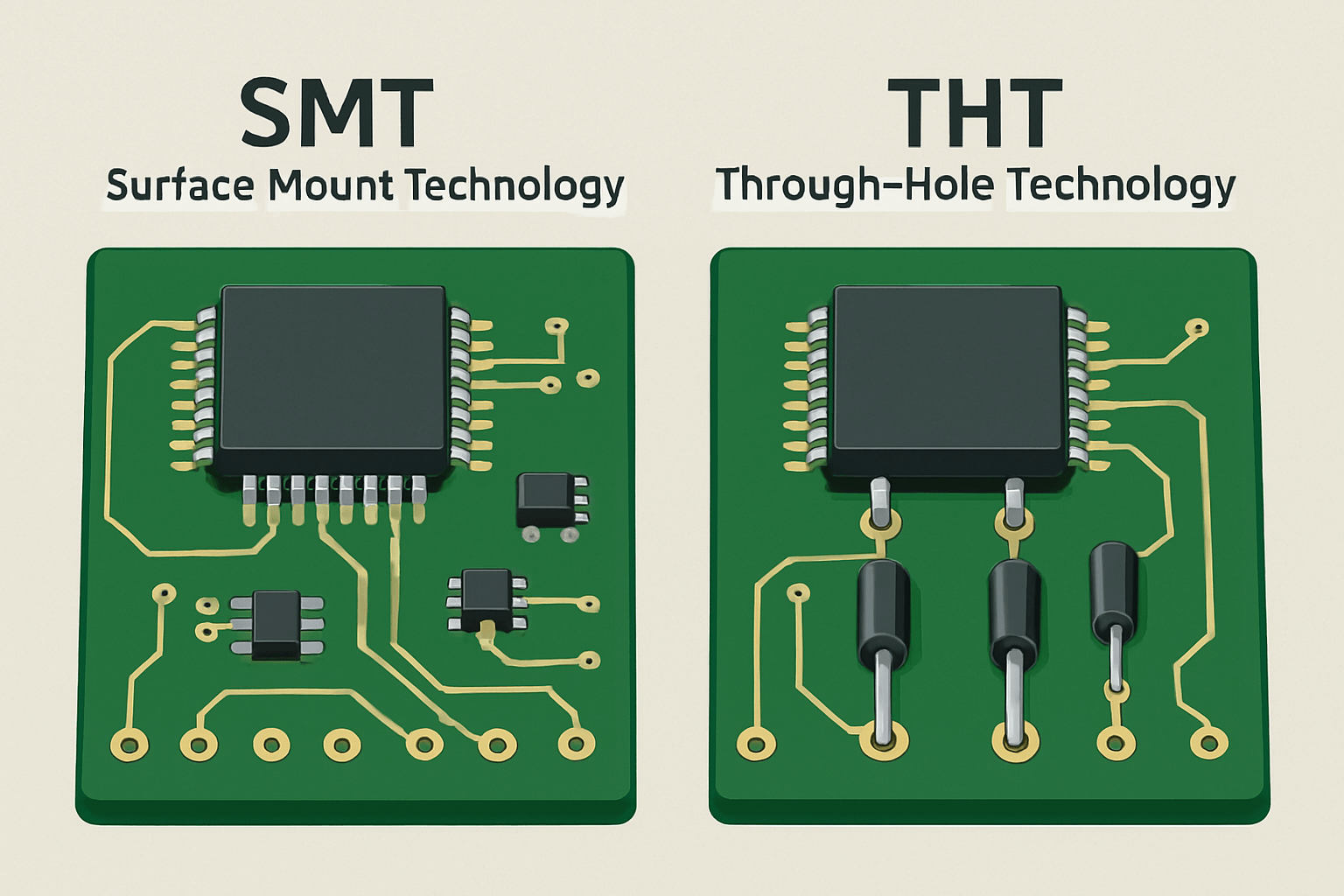
Illustration: SMT vs THT technology comparison
2. How Does the PCBA Process Work? A Deeper Look
The PCBA process typically involves multiple steps. Here's a simplified breakdown:
Step-by-Step PCBA Process
- Solder Paste Application: A stencil is used to apply solder paste on the board.
- Component Placement: Automated machines (pick-and-place) accurately place components.
- Reflow Soldering: The board goes through a reflow oven to melt and solidify the paste.
- Inspection: Optical or X-ray inspection checks for soldering quality.
- Through-Hole Insertion & Wave Soldering (if required)
- Testing & Quality Control: Functionality and reliability tests are performed.
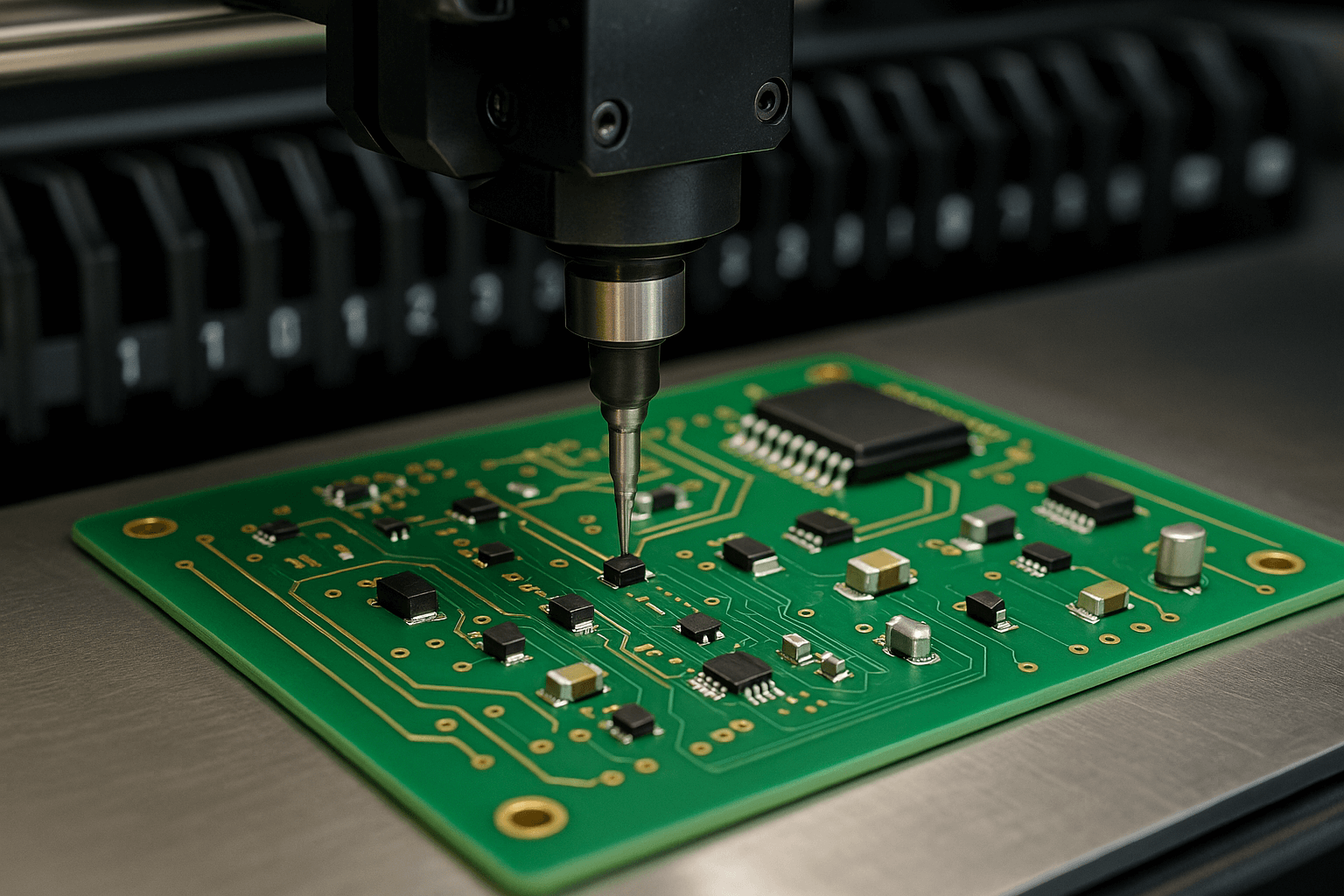
Illustration: Pick-and-place machine working on PCBA
3. PCBA Market Trends and Data Analysis
The global demand for PCBA continues to rise due to the expansion of sectors like consumer electronics, automotive, and medical devices. Here’s a quick snapshot of industry data:
Global PCBA Market Overview (2024 Estimates)
| Sector | Market Share (%) | CAGR (2022-2027) |
|---|---|---|
| Consumer Electronics | 36% | 5.1% |
| Automotive Electronics | 21% | 7.2% |
| Industrial Automation | 18% | 6.8% |
| Medical Devices | 12% | 6.0% |
| Others | 13% | 4.5% |
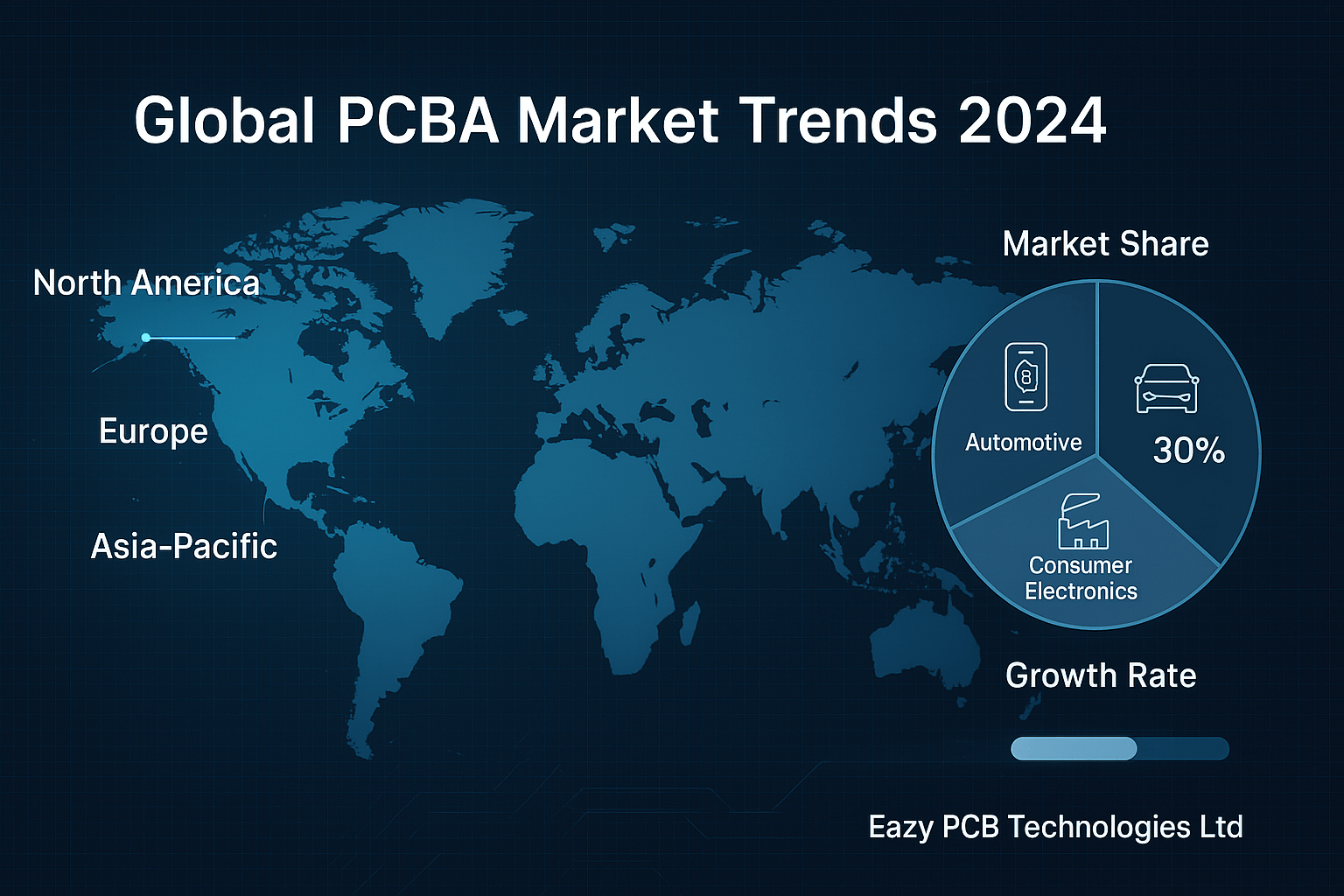
Illustration: Global PCBA market trends in 2024
4. Frequently Asked Questions About PCBA
Q1: Is PCBA the same as PCB?
No. A PCB is just the board itself. A PCBA is the finished board with components installed.
Q2: What’s the most common PCBA technology?
Surface Mount Technology (SMT) is the most widely used due to its speed and compact component size.
Q3: How long does a PCBA process take?
Depending on the complexity, a batch of PCBA can take from a few hours to several days, including testing.
Q4: Can PCBA be done manually?
Yes, but mostly for prototypes or small-volume production. For large runs, automation is preferred.
Q5: What kind of testing is done on PCBA?
Common methods include:
- AOI (Automated Optical Inspection)
- ICT (In-Circuit Testing)
- Functional Testing

Illustration: AOI machine testing a PCBA board
5. Why PCBA Matters: Real-World Importance
Without PCBA, electronics would be nothing more than a piece of plastic or fiberglass. Here's why it matters:
- Scalability: PCBA makes mass production of electronics possible.
- Customization: Boards can be tailored for specific industries or applications.
- Efficiency: High-speed assembly lines drastically cut time-to-market.
- Reliability: Thorough testing ensures product durability and compliance.
Bonus Tip: Choosing the right PCBA manufacturer is key. Factors to consider include experience, certifications (ISO, IPC), quality control, and delivery timelines.
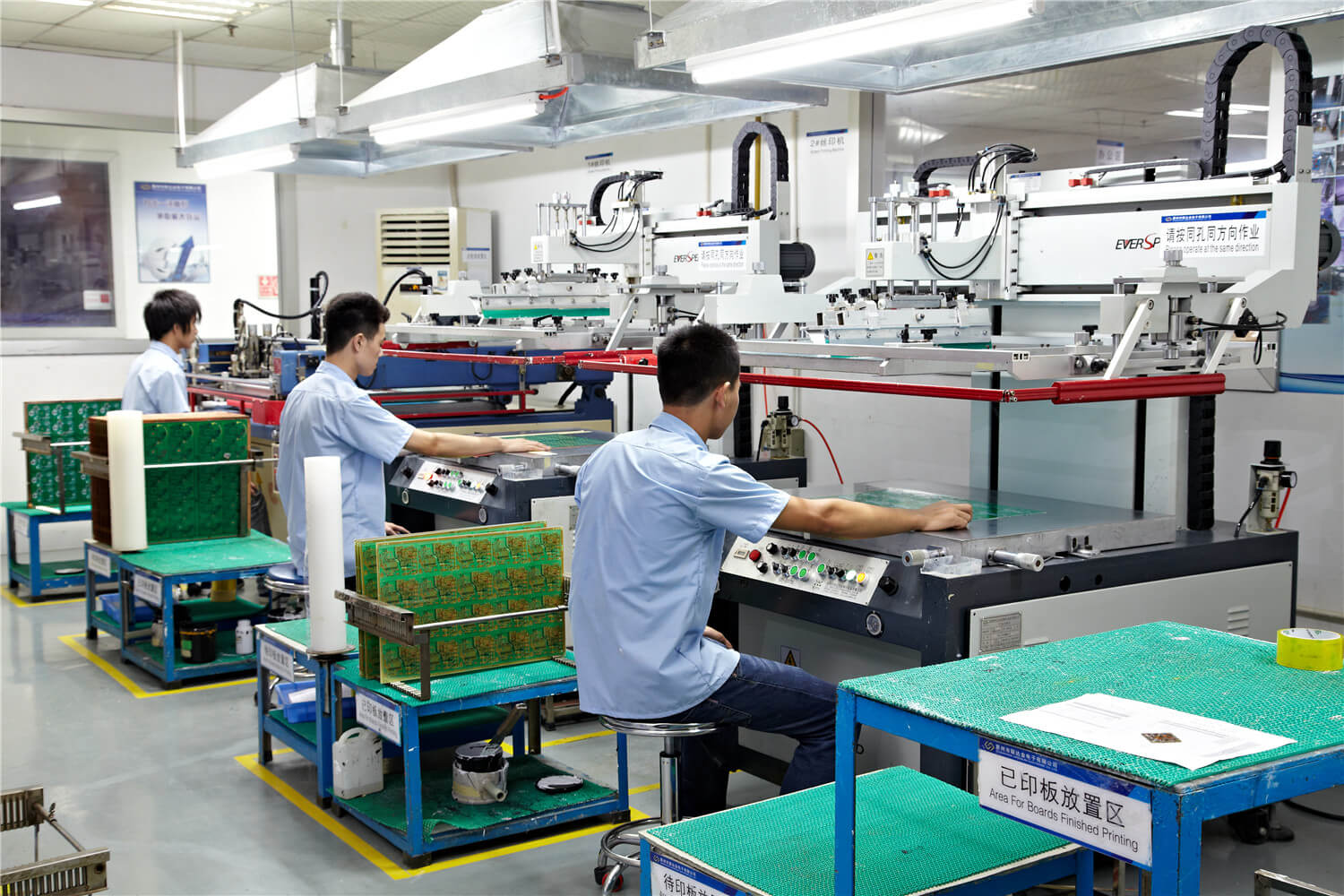
Illustration: High-quality PCBA manufacturer factory floor
Conclusion: The Heart of Every Smart Device
PCBA may not be a household term, but it’s truly the unsung hero behind every modern gadget. As technology evolves, so does the complexity and capability of assembled circuit boards. Whether you're in tech, manufacturing, or simply curious, understanding PCBA is a vital step toward appreciating the tech-driven world we live in.
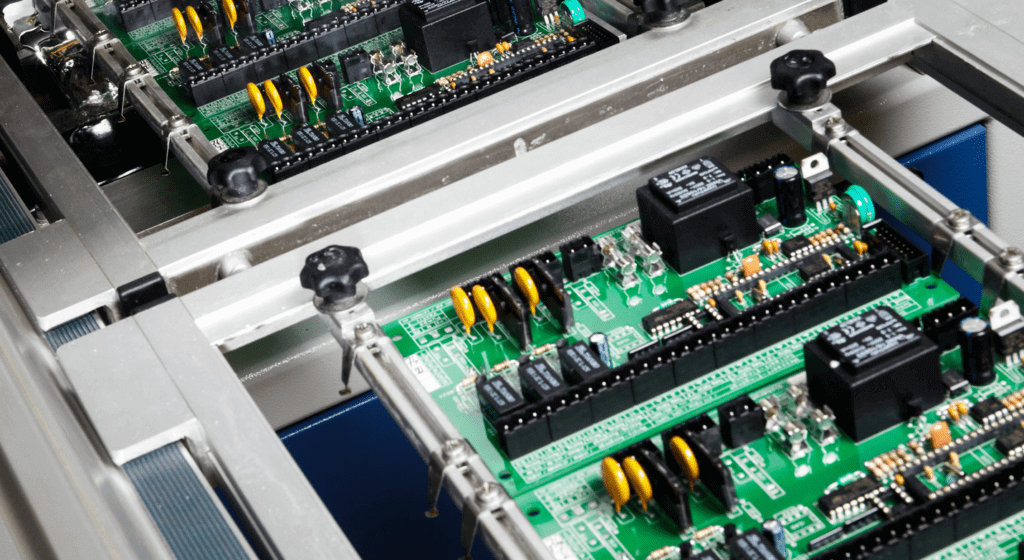
Illustration: The future of electronics powered by PCBA



